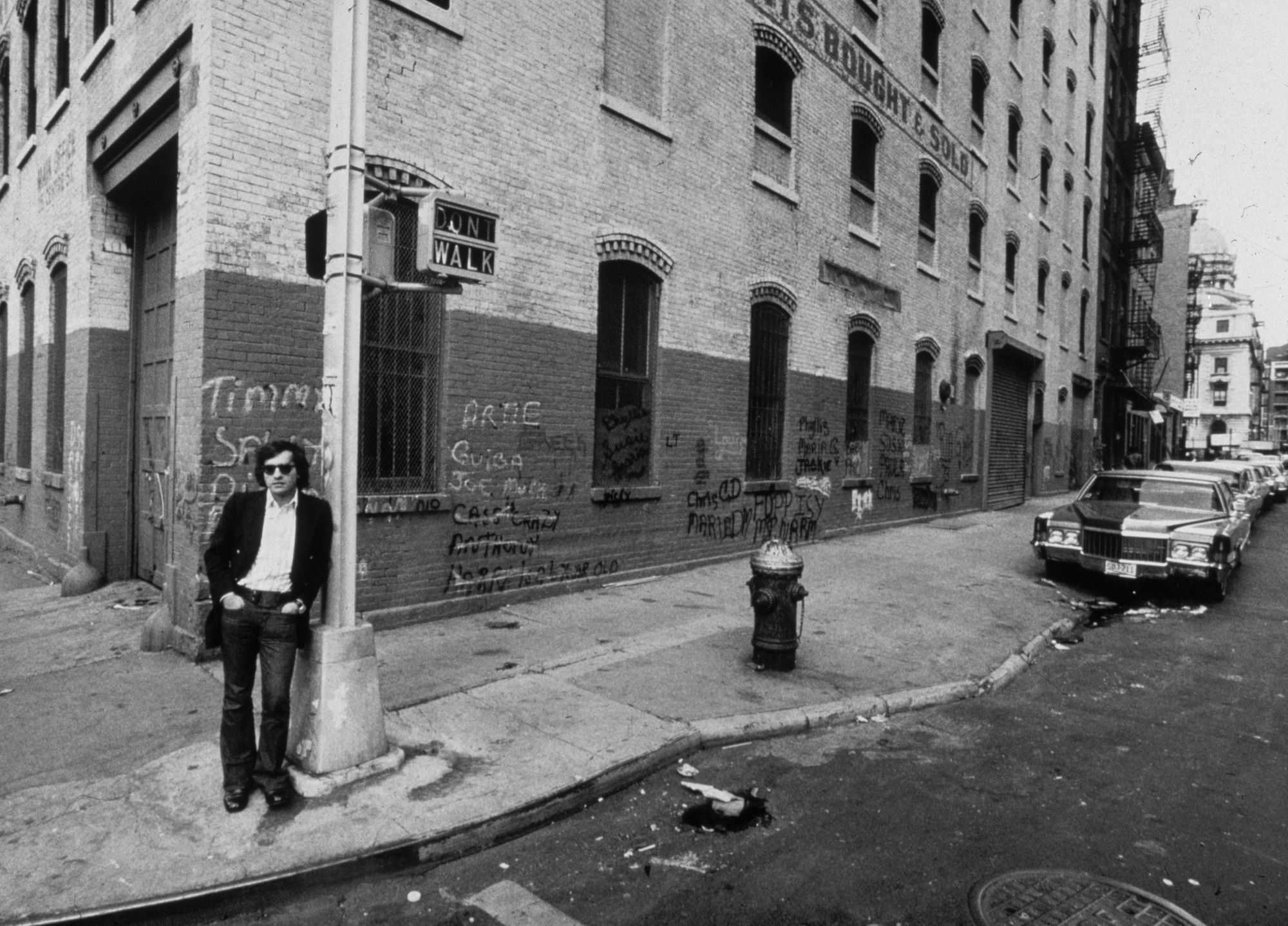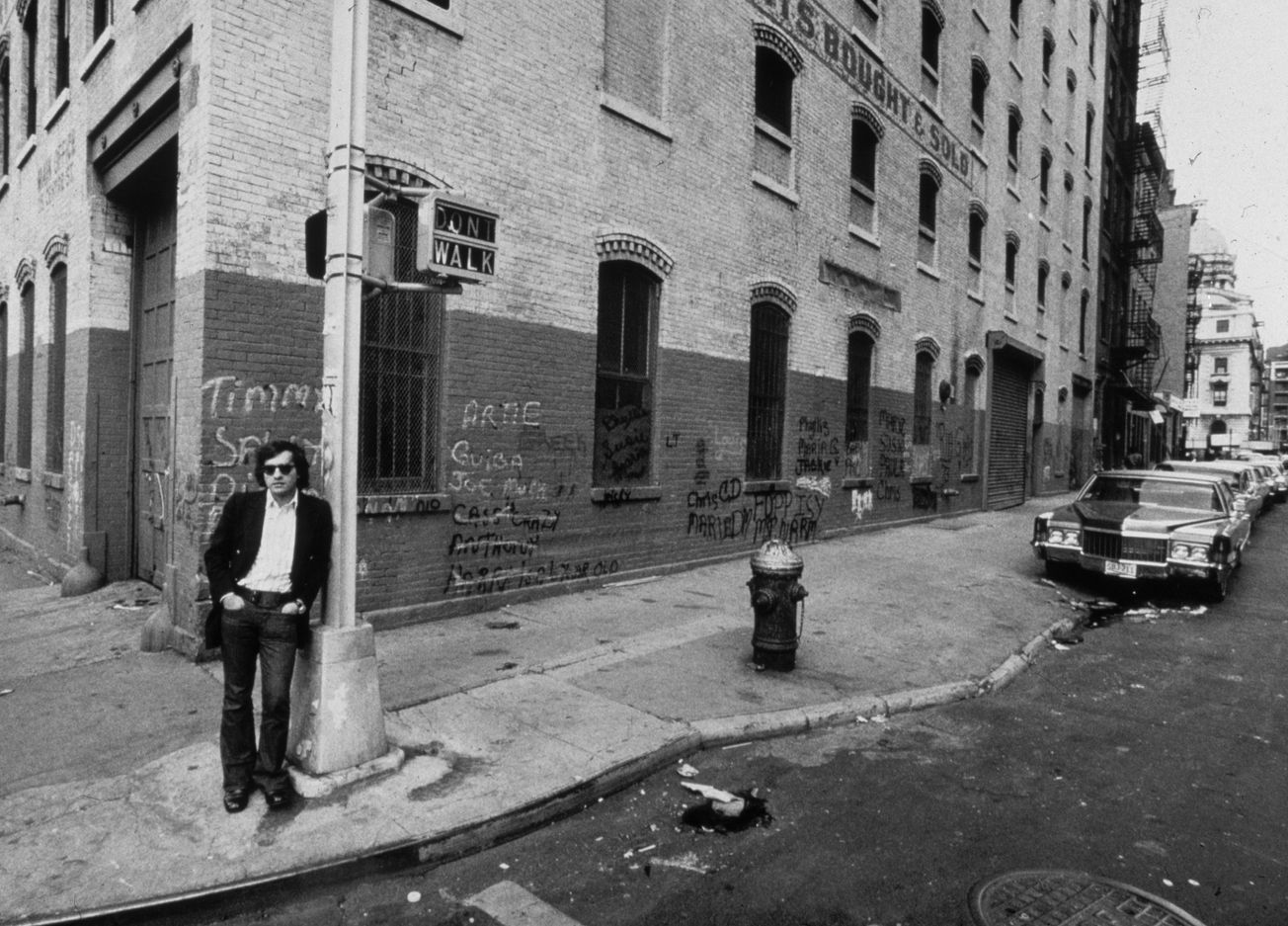By Sara Espinosa Rastoll, English Literature and Philosophy, Second Year
With an astounding compilation of Oscar-winning filmography, a unique directing style, and an admirable talent to generate emotion in the seemingly coldest of scenes, Martin Scorsese turns 78 and continues to reinvent American cinema with his latest pictures.
Raised in New York City’s ‘Little Italy’ neighbourhood, son of two parents of Sicilian descent, Scorsese was witness to a very different setting from that of the Average American, which later manifested in his polemical productions. Fruit of this is the way in which, besides making the audience sympathise with the commonly problematic protagonists of his films, Scorsese persuades us to identify with their everyday struggles.

His passion for cinema began after being diagnosed with asthma as a child as Scorsese started to frequent the cinema and developed an interest in historical epics and Italian neorealism. He studied English and then obtained a Master of Arts from NYU’s School of Arts in 1968, during which he directed a series of short films and began experimenting with his preferred art.
His big-screen debut would come in 1967 with Who’s That Knocking at My Door, a semi-autobiographical drama film featuring Harvey Keitel as an Italian American that struggles between his Catholic upbringing and his girlfriend, played by Zina Bethune. Scorsese then began his career as a film director and scriptwriter, launching big-screen successes such as Mean Streets (1973) and Taxi Driver (1976).
Following a cocaine addiction that was close to ending with his life and career, Scorsese was persuaded by friend Robert de Niro to direct Raging Bull (1980), a production which he had had in mind for many years prior to its hit.
He received eight Oscar nominations and a restored affinity for cinema.

Goodfellas (1990), featuring de Niro and Joe Pesci, returned him to fame; but many of his later film sensations were consequences of greater thematic exploration, distinct from the violent scenery of most of his prior work. Romances such as The Age of Innocence (1993), or animated films like Hugo (2011), motivated many film critics that had once condemned him for glorifying apparently immoral characters to admire him for his chameleonic career.
Exploring issues of identity such as guilt, insecurity, and existentialism, Scorsese reflects upon the personal experiences of characters that are vulnerable to their emotions. They battle internal conflicts that often drive them to self-destruction, and the responsibility attributed to them is sometimes ambiguous. Their actions, though immoral, are usually blamed upon their environment rather than themselves, and the audience is faced with controversial questions that remain unresolved at the end of his films.

This intimate dissection of his characters characterises Scorsese’s directing style and editing techniques. The use of montage is frequently effective in mirroring the characters’ powerlessness against a set of circumstances that are uncontrollable. The movement of the camera changes speed between scenes, trying to capture the feelings of the protagonist as their anxiety builds up and, with it, the number of camera angles. The combination of non-diegetic and diegetic sounds and music develops this close relationship between audience and characters as the psychological invades the mundane and both undergo the susceptibility towards insanity. By ending many of his films in abrupt ways, with inconclusive scenes and unclear messages, the reality which they narrate is made even more authentic. All these methods make Scorsese's films not only emotionally loaded creations but also extremely clever ones.
Political TV shows to keep you entertained during lockdown
Remembrance Day: is there a correct way to depict war in film?
Scorsese has recently directed documentaries on artists such as Bob Dylan and George Harrison, and his most recent film, The Irishman (2019), produced by Netflix and featuring de Niro, Pesci, and Al Pacino, continues to outshine other films of the same platform as it conserves the classic controversy surrounding Scorsese’s protagonists; the controversy that makes them intangible yet so much more humane.
Martin Scorsese continues to direct a variety of films that are not just a series of action-filled scenes with morally discernible characters and a satisfying conclusion; but an accurate depiction of everyday experiences, with problematic characters that are closer to us than the former ones, and an outwardly meaningless setting that is in reality packed with historical significance and a background story to be told.
Featured: Getty Images, IMDb
What's your favourite Scorsese film?








